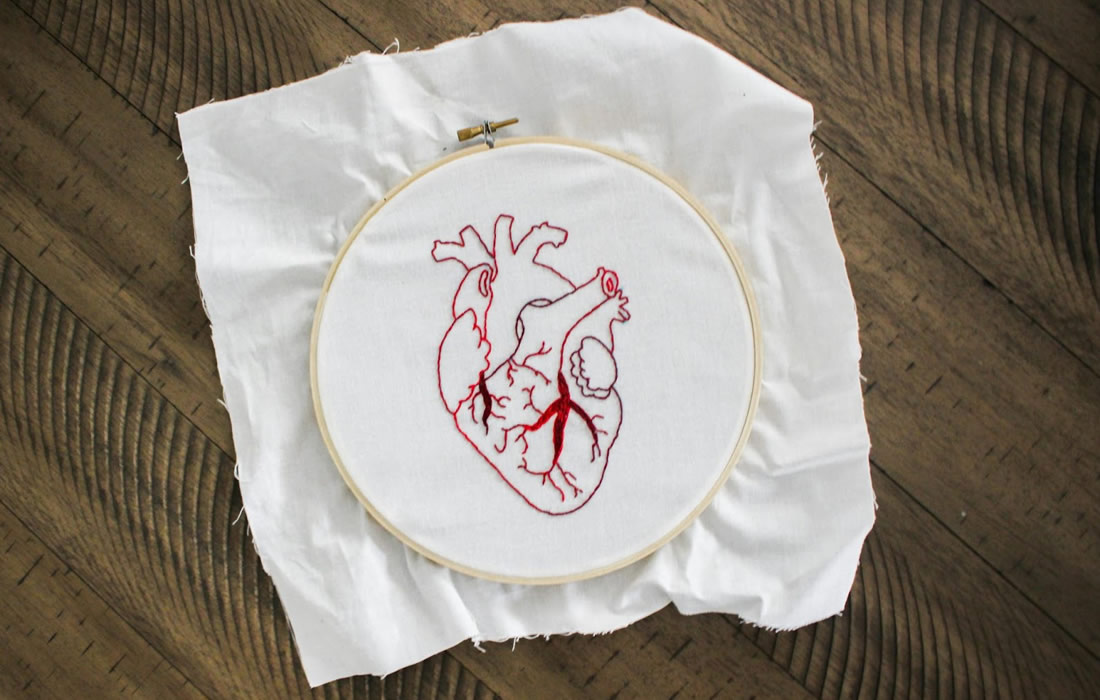Regenerative Medicine News and General Information
Regenerating the Heart After an Injury
The number of people surviving a heart attack has increased significantly, but this severe cardiac event causes irreparable damage to their hearts.
This damage is permanent because the human heart has no ability to grow new heart muscle cells.
Instead, connective tissue cells known as fibroblasts migrate into the damaged area of the heart muscle.
They form scar tissue that weakens the pumping power of the heart.
The team led by Dr. Suphansa Sawamiphak is looking at the process from a different angle.
“We know that both signals from the autonomic nervous system and the immune system play a pivotal role in scarring and regeneration,” says Sawamiphak.
“So it stands to reason that the communication between the autonomic nervous and immune systems determines whether heart muscle scarring will occur or whether the heart muscle can recover.” It is also known that macrophages play a role in both processes.
But how is this decision made?
To address this question, the researchers are studying zebrafish larvae, whose heart muscle cells produce a fluorescent substance, making it easy to detect them under a microscope.
They then induced an injury similar to a myocardial infarction in the larval hearts and blocked several receptors on the surface of the macrophages.
The result was that adrenergic signals from the autonomic nervous system determined whether the macrophages multiplied and migrated into the damaged site.
These signals also played an important role in regenerating heart muscle tissue.
In the next step, the researchers engineered genetically modified zebrafish in which the adrenergic signal reached the macrophages but could not be transmitted from the receptor into the cell’s interior.
“This showed that signal transmission is crucial for heart regeneration,” says Apaydin.
If signaling is interrupted, the scarring process is triggered instead.
“Our findings indicate that this is a key regulator of crosstalk between the nervous and immune systems,” says Apaydin.
When macrophages are activated by the adrenergic signals of the autonomic nervous system, they in turn communicate with fibroblasts.
Fibroblasts that promote regeneration alter the extracellular matrix at the damaged site.
This ultimately creates a microenvironment conducive to the growth of blood and lymph vessels and to the development of new heart vessels.
If, on the other hand, the signal is blocked, fibroblasts infiltrate the site and cause scarring — similar to what occurs in the human heart after a heart attack.
“We next want to examine in detail how signaling differs between zebrafish and humans,” says Sawamiphak. “This will help us understand why heart muscle tissue is unable to regenerate in humans.”.
Sources:
Onur Apaydin, Akerke Altaikyzy, Alessandro Filosa, Suphansa Sawamiphak. Alpha-1 adrenergic signaling drives cardiac regeneration via extracellular matrix remodeling transcriptional program in zebrafish macrophages. Developmental Cell, 2023; DOI: 10.1016/j.devcel.2023.09.011
Max Delbrück Center for Molecular Medicine in the Helmholtz Association. “Heart repair via neuroimmune crosstalk.” ScienceDaily. ScienceDaily, 17 November 2023. <www.sciencedaily.com/releases/2023/11/231117102523.htm>.
Materials provided by Max Delbrück Center for Molecular Medicine in the Helmholtz Association. Note: Content may be edited for style and length.
Images from:
Photo by Magdaline Nicole
https://www.pexels.com/photo/handmade-embroidery-3772487/

